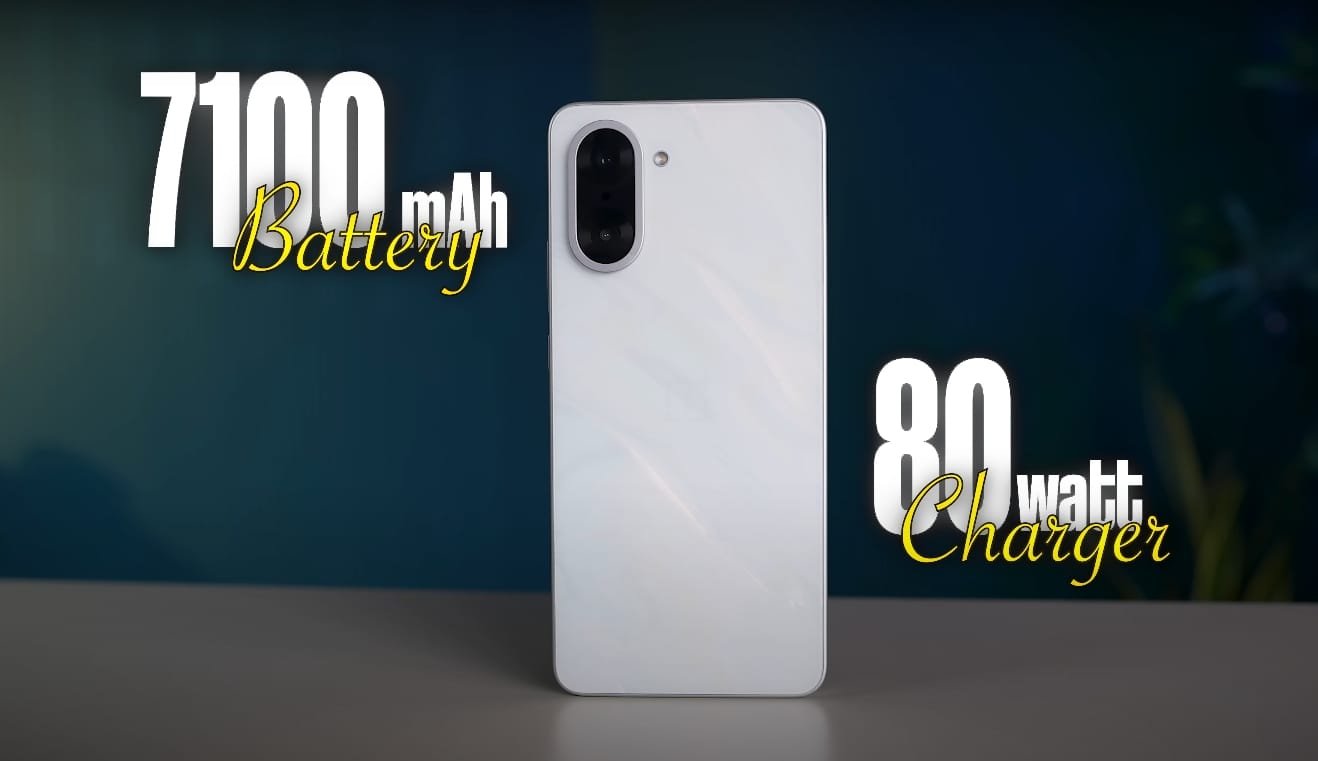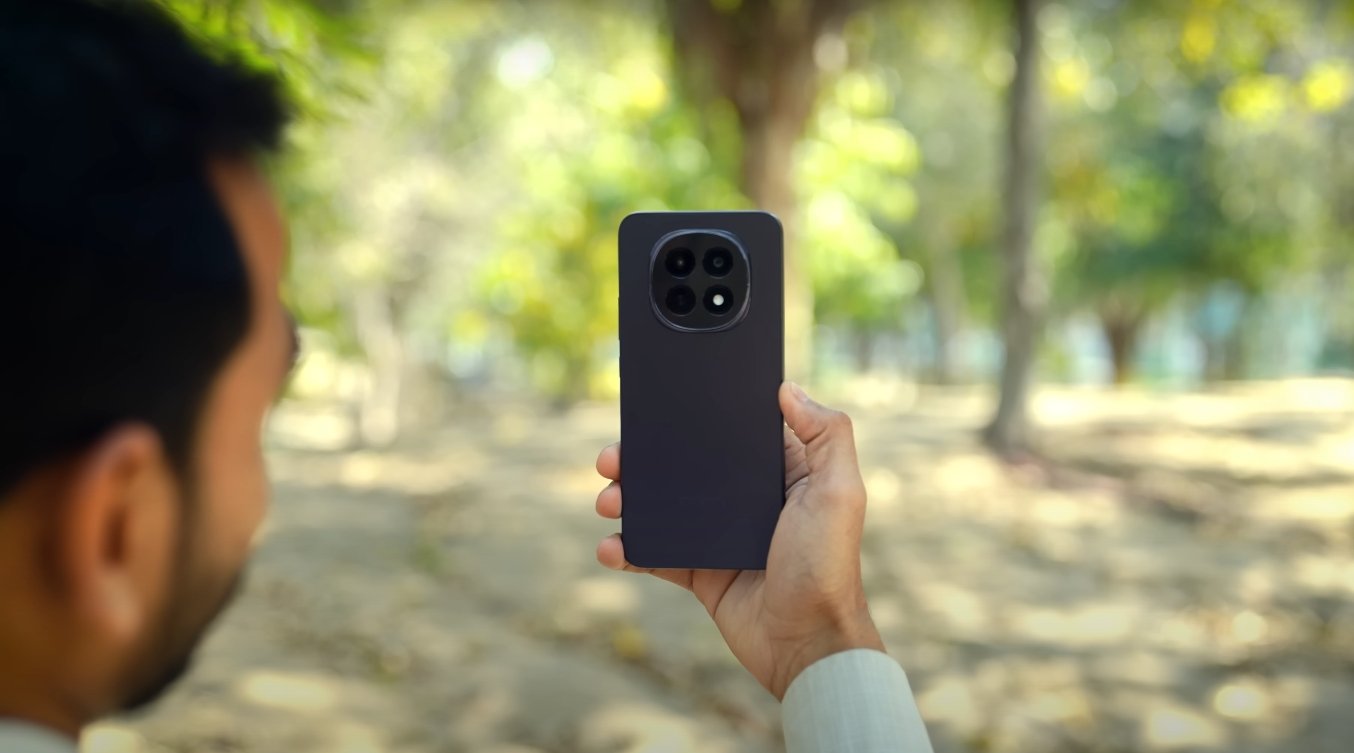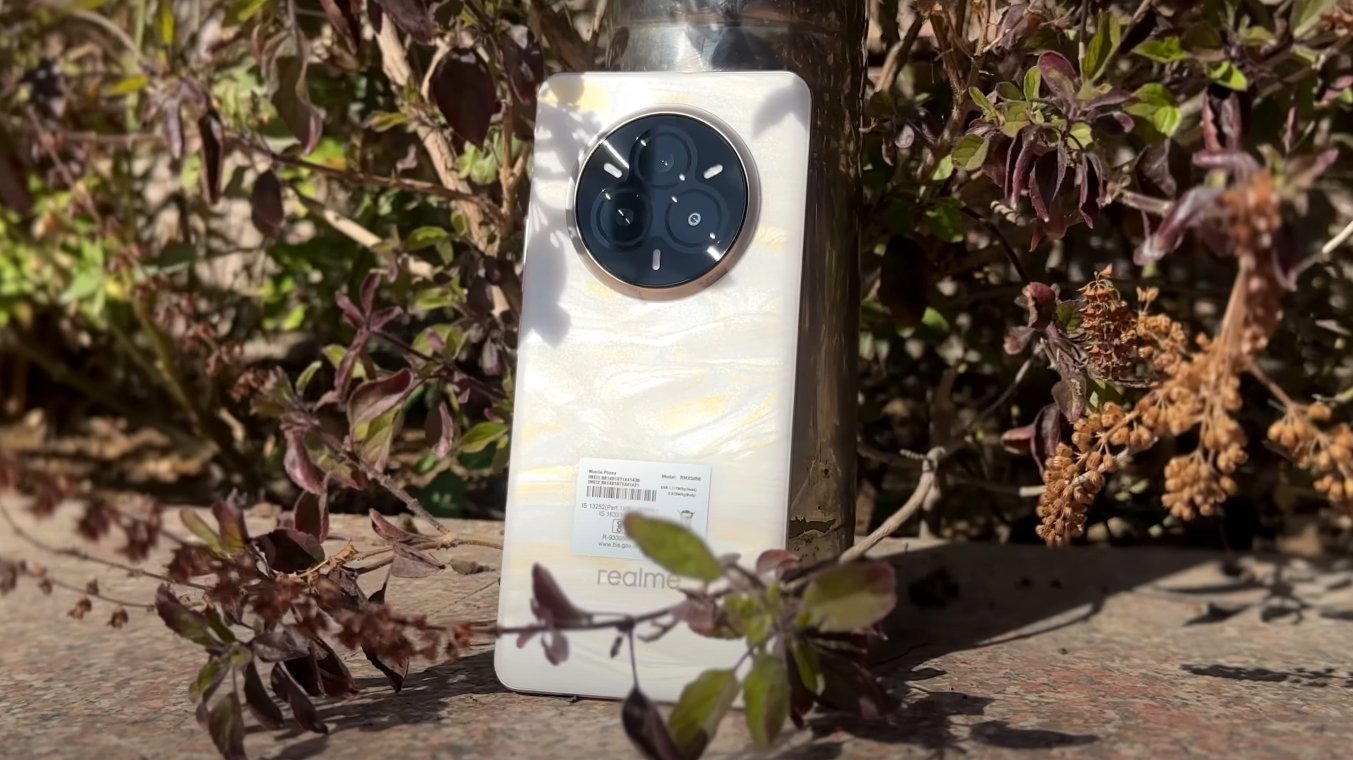The Ultimate Flagship Camera Showdown
Smartphone photography has reached new heights in 2025, and two of the most talked-about devices leading the charge are the Google Pixel 10 Pro Fold and the Apple iPhone 16 Pro Max. Both represent the best of what their respective brands can offer, blending powerful hardware with advanced computational photography. The real question for enthusiasts and professionals alike is: which camera system delivers the better overall experience?
The Pixel 10 Pro Fold brings Google’s latest imaging advancements powered by the Tensor G5 chip. Its triple-lens setup includes a 48MP main sensor, a 10.5MP ultra-wide lens with macro focus, and a 10.8MP 5x telephoto lens that supports Super Res Zoom up to 20x. The foldable design doesn’t compromise camera performance, and Google’s HDR+ algorithms continue to excel in capturing vibrant images with excellent dynamic range. The phone also benefits from real-time AI image enhancement, sharpening details and improving color balance automatically.
Meanwhile, the iPhone 16 Pro Max features Apple’s most refined camera system yet. It includes a 48MP main wide sensor, a larger ultra-wide sensor for improved light capture, and an upgraded 5x tetraprism telephoto lens. Apple’s new Photonic Engine and A18 Pro chip enhance image processing, ensuring more accurate tones, less noise, and exceptional consistency across all lenses. The addition of 4K 120fps ProMotion video recording has also solidified the iPhone’s lead in cinematic video creation.
When it comes to daylight photography, both phones deliver outstanding results. The Pixel 10 Pro Fold produces images with deep contrast and bold saturation, giving them a punchier look straight out of the camera. The iPhone 16 Pro Max, on the other hand, opts for a more natural tone, preserving realistic colors and balanced highlights. Skin tones tend to look smoother and truer on the iPhone, while the Pixel sometimes adds extra warmth or shadow contrast that can make photos appear more stylized.
In low-light conditions, the iPhone 16 Pro Max continues to dominate. Its larger sensor and enhanced night mode produce images with cleaner details and minimal grain. Apple’s computational merging of multiple exposures allows it to maintain natural lighting even in near-dark environments. The Pixel 10 Pro Fold’s Night Sight mode performs admirably, pulling in remarkable detail and accurate colors, but it occasionally introduces noise in very dim situations. For users who frequently shoot at night or indoors, the iPhone has the edge in clarity and smoothness.
When testing zoom and telephoto performance, the Pixel 10 Pro Fold stands out. Its 5x optical zoom lens produces crisp and detailed results at mid to long distances, outperforming the iPhone at higher zoom levels. Google’s Super Res Zoom algorithm adds further reach without a major loss in quality. The iPhone’s digital zoom is solid up to about 10x, but beyond that, it tends to lose texture detail. However, the iPhone handles transitions between lenses more smoothly, with minimal focus delay when switching zoom levels.
On the video side, Apple remains the industry benchmark. The iPhone 16 Pro Max offers exceptional stabilization, true-to-life colors, and superior HDR performance. Its cinematic mode, now available in 4K 60fps, delivers professional-grade depth of field and dynamic lighting control. The Pixel 10 Pro Fold shoots impressive video as well, particularly in bright conditions, but sometimes shows exposure shifting during rapid movement or changes in light. For creators, vloggers, and mobile filmmakers, the iPhone remains the more reliable video tool.
In portrait and macro photography, both phones shine but take different approaches. The iPhone 16 Pro Max uses precise depth mapping to separate subjects naturally, giving portraits a lifelike background blur. The Pixel 10 Pro Fold offers sharper detail in close-ups and better edge detection for macro shots, thanks to its dedicated ultra-wide macro lens. The differences are subtle but reflect each company’s priorities—Apple aims for realism, while Google leans toward visual drama.
Overall, the iPhone 16 Pro Max wins in terms of video quality, low-light performance, and overall color accuracy. The Pixel 10 Pro Fold holds its own with superior optical zoom, richer contrast, and more creative control for still photography. For users who prioritize versatility, zoom range, and a foldable form factor, the Pixel 10 Pro Fold is an exciting choice. However, for those who value consistency, cinematic video, and effortless results in any lighting condition, the iPhone 16 Pro Max remains the gold standard.
In conclusion, both devices showcase how far mobile imaging has come. The Pixel 10 Pro Fold excels in flexibility and optical strength, while the iPhone 16 Pro Max leads in refinement and realism. Your best choice depends on whether you’re drawn to artistic expression or professional reliability—but either way, both represent the pinnacle of smartphone photography in 2025.





